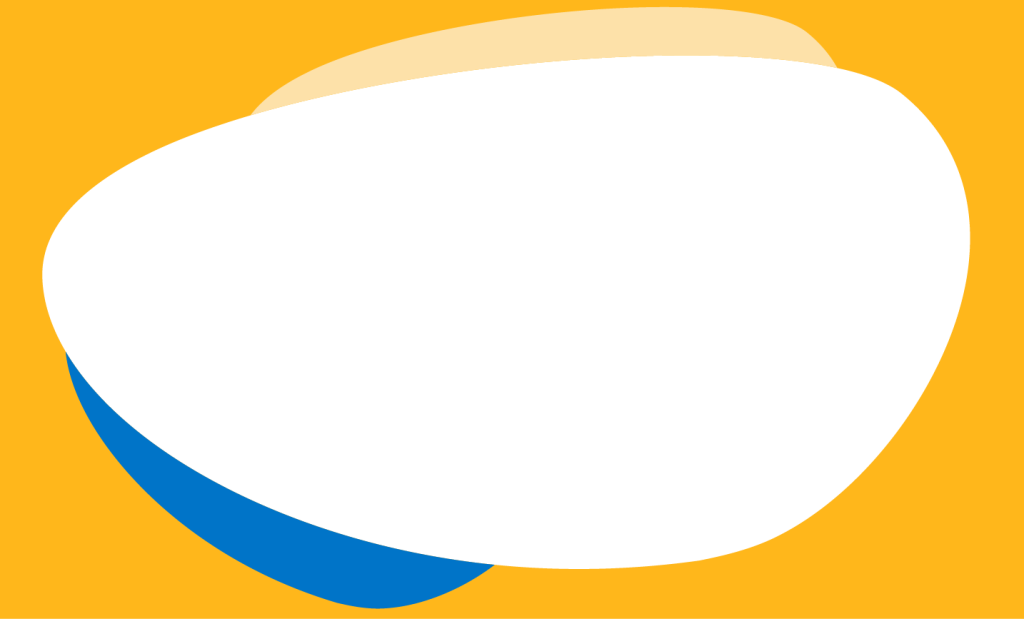
Dyslexia is a language-based disability in which a person has trouble understanding written words. It may also be referred to as a reading disability or reading disorder. The core difficulty is with word recognition and reading fluency, spelling, and writing.

Preschool Children:
School Children:
Diagnosis alone is NOT the solution. It simply opens the door to getting the help that is needed by arming all involved with the relevant information.
The ‘help’ still needs to be provided. The help that is provided (at least from a therapy perspective) will reflect:
More specific implications of not seeking treatment will be influenced by the common difficulties that are most influencing your individual child.
For more information see the relevant fact sheets under areas of concern or refer to the other relevant resources section below.
Diagnoses are used to label a specific set of symptoms that are being experienced by a child.
This label then helps to narrow down and specifically tailor what:
A diagnosis helps the child and their carers (parents, teachers, health professionals, carers) to:

WE ACKNOWLEDGE THE TRADITIONAL CUSTODIANS OF THE LAND IN WHICH WE OPERATE AND PAY OUR RESPECTS TO ELDERS PAST, PRESENT, AND EMERGING. OUR FAMILY IS FOUNDED ON HOSPITALITY, THE BELIEF THAT EVERYONE IS WELCOME! DIVERSITY, INCLUSION, AND EQUITY ARE CELEBRATED, REPRESENTED, AND SUPPORTED IN OUR PEOPLE, OUR CUSTOMERS, AND OUR COMMUNITIES.